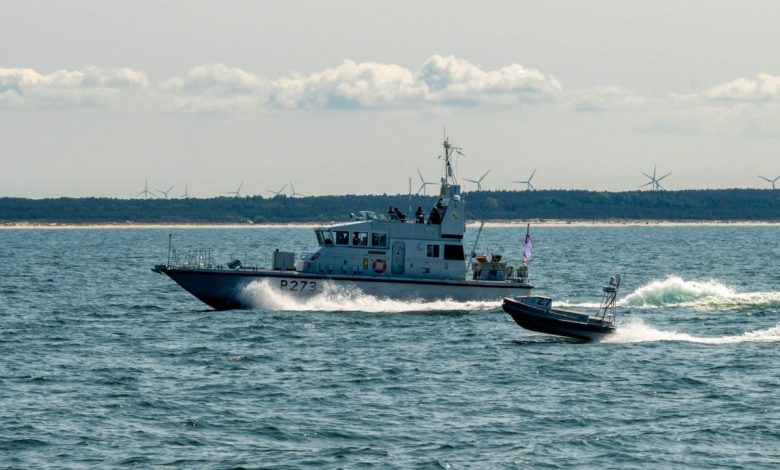Navy integrates robotic vessels into Baltic Sea warfighting exercise

The Navy is continuing to show signs of improving integration of autonomous warfighting capabilities as this year’s Baltic Operations exercise draws to a close.
The exercise, which ran in the Baltic Sea region from June 5-20, featured about 9,000 personnel, over 40 vessels and 25 aircraft, and was aimed at preparing for an array of cutting-edge maritime fighting scenarios.
Included in the BALTOPS exercise alongside anti-submarine warfare and countermine operations were missions featuring unmanned surface vessels and underwater vehicles.
At the center of those modernization capabilities has been U.S. 6th Fleet’s Commander, Task Force 66, which during the exercise deployed robotic and autonomous systems, or RAS, to simulate “attacks” against larger surface vessels, including the Blue Ridge-class command ship Mount Whitney and the Arleigh Burke-class guided-missile destroyer Paul Ignatius.
Among the unmanned tech used was the craft known as the GARC, a 16-foot autonomous surface vessel that can maneuver at high speeds.
Challenges posed by such vessels improved the tactical responses of those aboard larger warships, according to a service release.
“The thing is, ‘unmanned’ isn’t completely unmanned,” Lt. Jay Faylo, unmanned systems director for CTF 66, said in a release. “There’s a lot of manpower that goes into making these systems work — maintaining the platforms, developing the software and providing the right amount of oversight and direction during operations.”
The Navy is increasing its investment in new technology to expand not only manufacturing power but options for maritime battle scenarios.
Last month, the sea service conducted the first-ever launch of a Solid Fuel Integral Rocket Ramjet, or SFIRR, from an unmanned aerial vehicle.
Earlier this year, the Pentagon released a call for a new autonomous underwater vessel called the CAMP, while private industry, including outfits like HavocAI and Saronic Technologies, have announced the development of new unmanned vessels.
Zita Ballinger Fletcher previously served as editor of Military History Quarterly and Vietnam magazines and as the historian of the U.S. Drug Enforcement Administration. She holds an M.A. with distinction in military history.
Read the full article here









